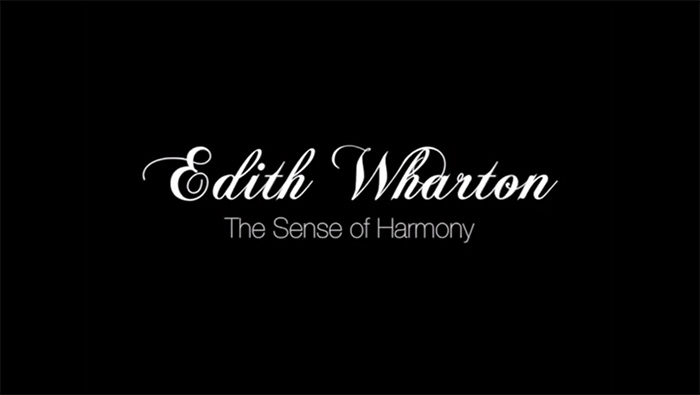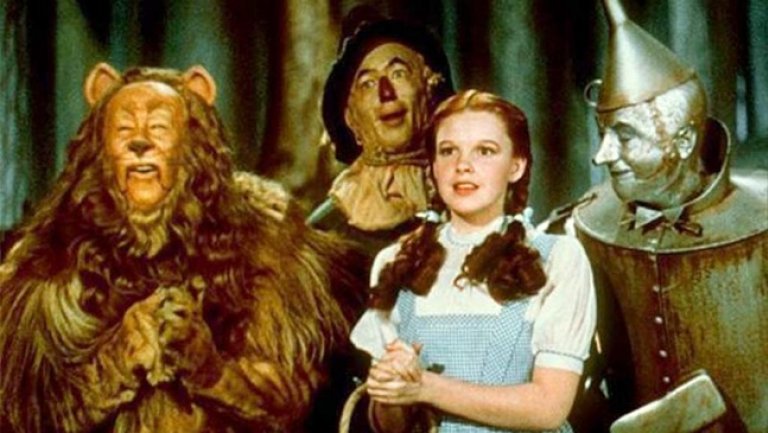In this 2011 documentary, women share their experiences growing up dark-skinned, and social psychologists tell what effect that had on their psyches and try to explain where the attitude came from that light skin is aesthetically preferred.
The first part of that narrative equation seems fully fleshed out (I know, bad pun). In “Dark Girls”we’re given example after example of anecdotal information—some of it from ordinary people, and some from well-known folks like actress Viola Davis, who remembers being called “ugly black nigger” all the time when she was a little girl and tells what a devastating effect that had on her self-confidence. “Here comes blackie, here comes tar baby!”
One child is shown on camera tearing up, slightly. “I don’t like to be called black,” she says. “Why?” an off-camera interviewer asks. “Because I’m not black.”
Others remember their mothers telling them about the paper bag test: if you were lighter than a brown paper bag, you were considered beautiful, smart. If you were darker than a paper bag, the perception was just the opposite.
“Girl, I’m so glad she didn’t come out dark,” one woman says, reliving how relieved she was that her baby passed the paper bag test.
In this documentary, girls and women talk about how they dream of becoming lighter-skinned. “I can remember being in the bathtub and asking my mother to put bleach in the water so I could be light,” one of them says. Michael Jackson’s own lightening treatments are brought up and we’re told that the sales of skin-whitening products grew from a $40 billion dollar industry to $43 billion dollars as recently as 2008.
Why?
We’re offered only one anecdotal example as proof: an interview with a record store owner who admits to hiring light-skinned workers over dark because the dark “would steal.”
But we’re also given a rather striking statistic: 41.9 percent of black women in America have never been married, while only 20.7 percent of white women have never been married.
Of course, those numbers might lie just a little. Unless we also know what the ratio is for black men and white men, it could simply be a black male aversion to marriage, rather than what’s implied here: that most black men are drawn to white- or light-skinned women and think of dark girls only as sexual partners, not mates. Confusing the issue is that some of the black men interviewed say things that reinforce the underlying narrative (“I won’t date a dark girl because they look bad alongside me”), others refute it. “I love dark-skinned women,” one man says.
Directors D. Channsin Berry and Bill Duke do a wonderful job of illustrating how women with dark skin feel inferior, and as a result this documentary evokes sympathy. But there’s not enough investigation involved to really get at the underlying causes of “colorism”—racism based on skin color—or an honest attempt to answer a question raised by one of the women on camera, who says, “White people make me appreciate my skin color; black people make me ashamed of it.” A different person admits, “My own people don’t see any beauty in me at all.”
Though another woman agrees that “skin color among the black community is a huge issue in our lifetime,” there’s not much in the way of penetrating investigation to explain why it remains so—only a postcolonial theory that since colonizers were the superiors, the way they looked and dressed was also associated with superiority. “You had the house niggers and the field niggers,” one expert reminds, and it was always the lighter-skinned slaves who worked inside—no doubt in recognition that the child was half the plantation owner’s.
So is slavery still responsible for current attitudes? Though “Black Power” movements and “Black is Beautiful” slogans are briefly mentioned, there’s again not much consideration of why ‘60s radicalism apparently wasn’t able to change attitudes that can be traced to the colonial period.
You can’t help but be moved watching “Dark Girls,” but the questions raised by the film are only superficially addressed.
“Dark Girls” is 71 minutes long and is not rated.
Video:
“Dark Girls” is presented in 1.78:1 anamorphic widescreen and looks fantastic for a standard-def DVD. The level of detail is quite good—or maybe my Blu-ray player is just fantastic at upconversion. But colors are rich, edges are detailed. It’s a great visual presentation.
Audio:
The audio is a simple Dolby Digital 2.0 Stereo in English, with English SDH subtitles.
Extras:
There are no bonus features—only scene selections.
Bottom line:
I suspect that this film will find a second life in classrooms across America, shown to students to build awareness and understanding. Despite being under-researched, it’s still an effective film. Like “42,” this documentary kindles great respect for those who’ve faced hardships because of the color of their skin.


